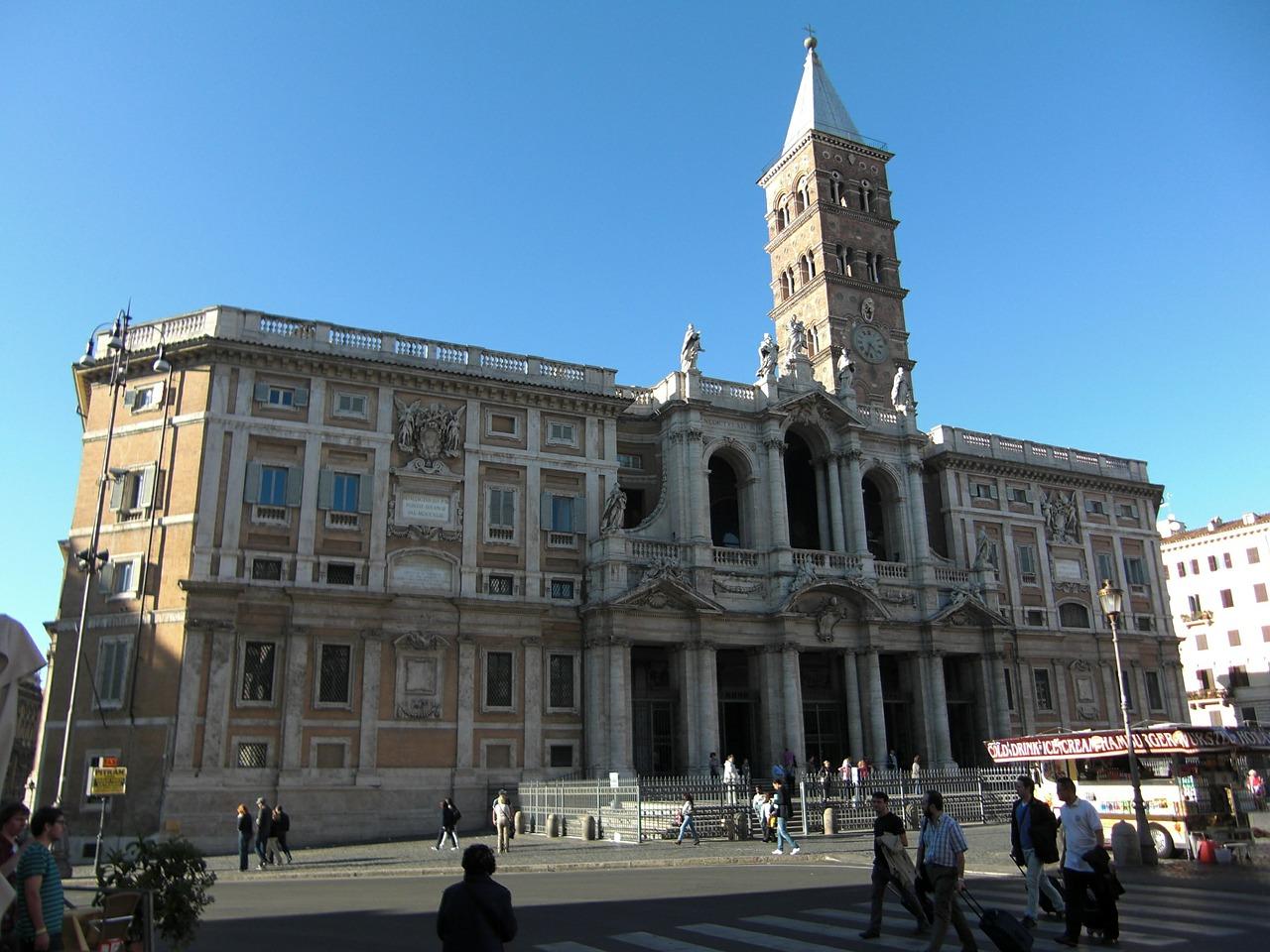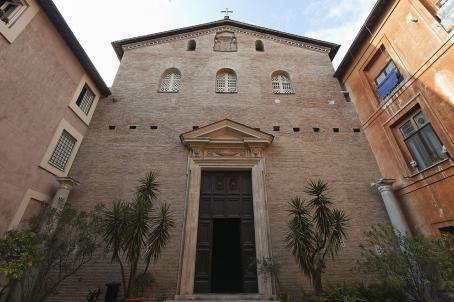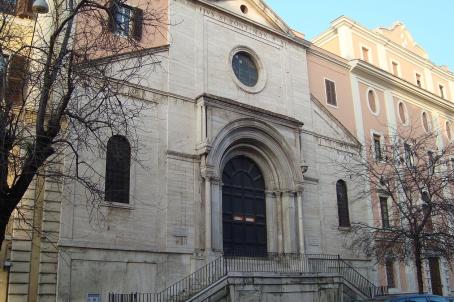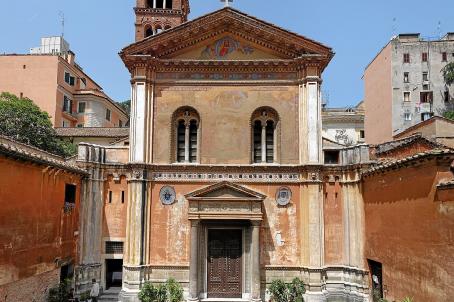Santa Maria Maggiore
The Basilica Santa Maria Maggiore or "Liberian Basilica" (of Pope Liberius), is one of the four papal basilicas of Rome, located at the top of the Esquiline Hill, at the top of the Cispio, between Mount Rione and the Esquiline. This basilica has the peculiarity of having preserved the primitive structure of early Christianity, although enriched by successive additions.






